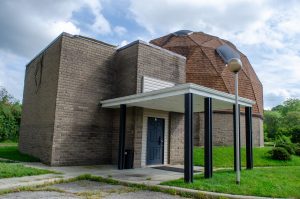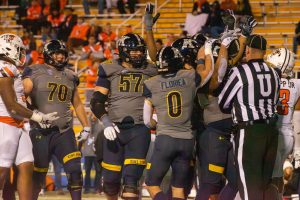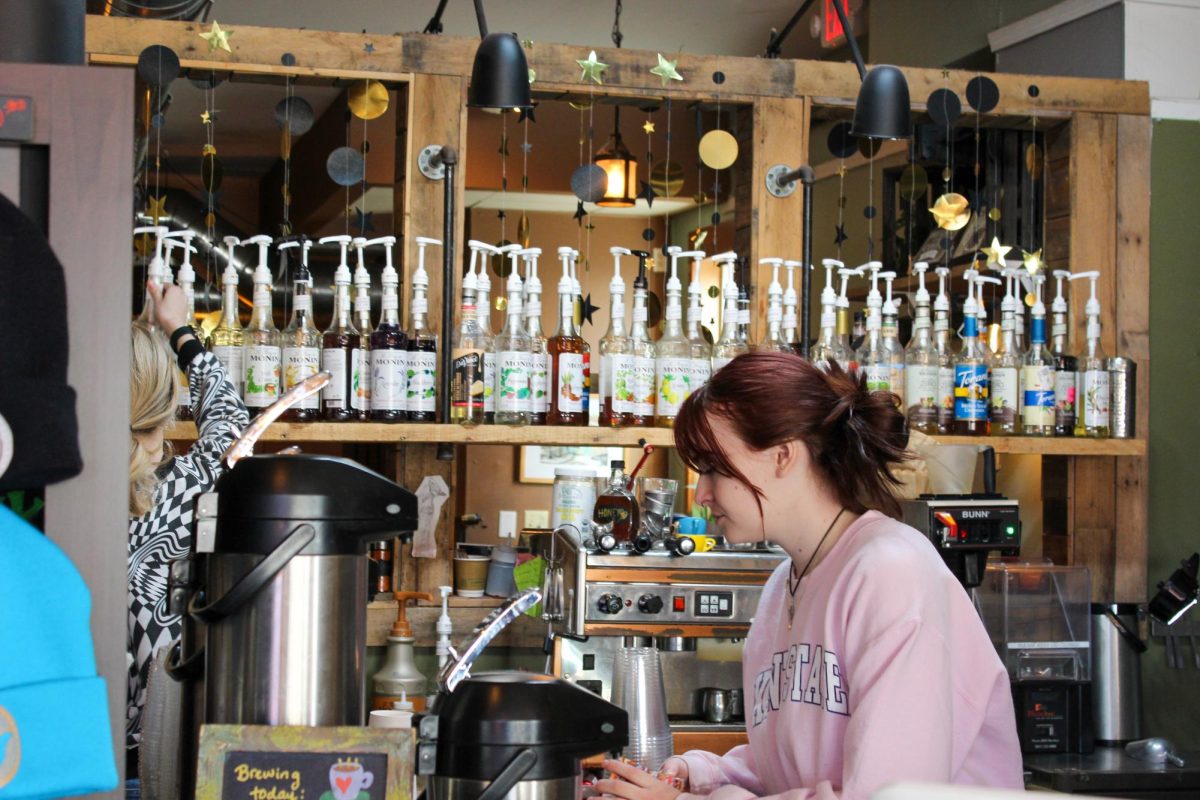The role of May 4 in history
May 3, 2013
There’s something about the air surrounding Kent State’s campus every May 4. It’s thicker, dense with solitude, reflection and heavy hearts. As hundreds of students, past and present, gather around the Victory Bell in silence every year, the sense of mutual understanding is acute.
Kent State students have the privilege and burden of keeping the spotlight on what happened May 4, 1970. Students have the responsibility of educating the rest of the country on something that put Kent, Ohio, in the middle of an international conversation and has since been quieted by the history books.
“Having gone to Kent State makes me feel a sense of duty to participate in the commemoration,” Ashley Pierce, a recent Kent State alumna, said. “A lot of times, when you tell someone you go to Kent [State], they cringe because they think it’s taboo or something.”
Forty-three years ago, the Ohio National Guard opened fire on dozens of unarmed Kent State students, killing four and injuring nine others — leaving some permanently paralyzed. The 67 rounds of ammunition fired in less than 13 seconds came as a result of student unrest about President Richard Nixon’s decision to invade Cambodia during the Vietnam War.
The four years following the shooting, Kent State’s administration sponsored the May 4 commemoration but discontinued the effort in 1976.
It was then that the May 4 Task Force was created by a group of concerned students eager to keep the story alive. The group has planned and sponsored a panel of speakers, a candlelight vigil and an official commemoration overlooking the Commons ¬— where the protest took place — each year.
This year, the Task Force is offering students the chance to hear from Bill Ayers, a prominent and well-known anti-war activist who co-founded the Weather Underground, a leftist organization founded in Ann Arbor, Mich., and Tom Hayden, another political activist.
Although it wasn’t until 1990 when the original 2.5-acre memorial was created, students gathered to remember the victims. Since then, numerous additions have been made to the memorial, including markers in the parking lot between Taylor and Prentice Halls where each of the students were killed.
The entire memorial was added to the National Register of Historic Places in February of 2010.
What’s new about this year’s commemoration is the May 4 Visitors Center. The center features memorabilia from video footage to enlarged newspaper manuscripts from the days leading up to, and following, the shooting.
Although it silently opened on Oct. 20, 2012, its founders thought it appropriate to officially open the center during this year’s commemoration.
Carole Barbato, who helped found the center and has been teaching a class on May 4 alongside another founder, Laura Davis, said the Task Force will orchestrate the official commemoration. The center will be formally opened after the day’s events.
She said she hopes the ceremony will add another element to the memorial.
“We’re hoping that students will be able to see that what happened 43 years ago can have relevance to them today,” she said. “So, we’re hoping for our panelists to talk about what happened on May 4 and how that affected history at that time, but also how that has and can continue to influence people today.”
Journalist Gwen Iffil will moderate a discussion titled “Historical Significance of May 4 and the Visitors Center” from 4 to 6 p.m. on May 4 in Cartwright Hall.
Barbato said they are looking forward to hearing from a variety of historians, activists and sociologists from universities all around the country.
“Each of them have a really interesting answer to the role of Kent State in history,” she said.
After the panel discussion, award-winning film director Oliver Stone will hold a conference titled “History and Memory in Film,” during which he’ll draw from Vietnam-era films and explore the connection to Kent State.
While Barbato is excited for the attention that these celebrities will bring the topic, she said she’s more eager to hear from the friends and families of the victims who will speak during the commemoration the Task Force arranged.
“I always love to hear from the families,” she said. “I always find that very heartwarming. I love to hear the anecdotes about the four people who were killed. … It personalizes the messages.”
Ashley Gibson, sophomore exploratory major, said she hadn’t really felt the impact of May 4 until she visited the center for the first time.
“I felt a personal connection to the students who were killed after visiting the center,” Gibson said. “The video footage was pretty real, and I hadn’t really comprehended what it must have been like that day.”
What Barbato hopes students take from this year’s ceremony is simple: Young people can make a difference.
“It doesn’t have to be something big. It can be a small, kind gesture that can change a person,” she said.
Contact Christina Suttles at [email protected].














